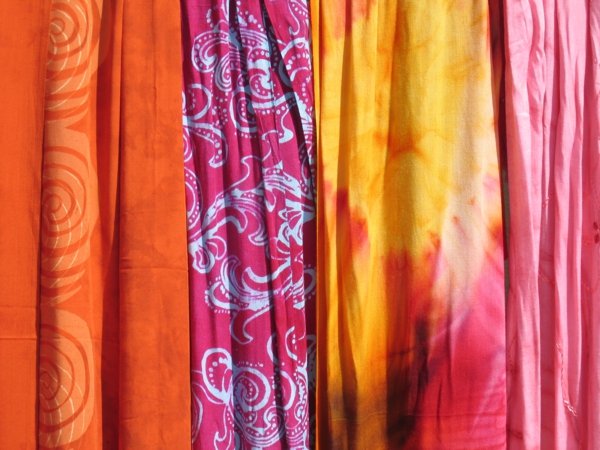Back in 2001, the Director-General of UNESCO set up The Proclamation of Masterpieces of the Oral and Intangible Heritage of Humanity, which sought to recognise the significance of various forms of unwritten or recorded human culture, categories include: dance, music, rituals and other forms of expression;
In 2009, an Indonesian wax-resist dyeing technique which produces unique decorative patterns on clothing and fabrics: Batik, was added as a UNESCO Masterpiece: for good reason;
Batik is a remarkable method of decorating fabric which produces unique results: the word ‘Batik’ roughly translates as ‘tattoo’, which refers to the method in which patterns are added to fabric, which produces results which resemble finely rendered tattoos.

How is Batik Made?
Batik articles take a long time to produce and the intricate patterns require a talented, artistic hand: some of the highest quality items can take months to produce.
Production of a Batik article typically involves the following:
- First of all, the fabric to be decorated is spread out on a board, ready to be decorated; typically, this will be a fine material, such as silk or rayon.
- The artist may then choose to lay out the pattern by directly drawing upon the material with a special kind of ink which will wash out after the dye has been applied; this step is not always required – some master artists will skip to the next step: the application of wax.
- Wax is melted and poured into a device known as a ‘canting’, which resembles a pen with a small copper bowl at its tip: wax flows from the tip of this tool at a steady rate, the flow being controlled by gravity alone and whichever diameter of nib the artist selects.
- For patterned sections, sometimes a block is used to ‘print’ wax onto the surface.
- Once the wax has been applied, the fabric will then typically be submerged in a dye-bath, where the sections which have been coated in wax will retain the original colour of the fabric
- If further colours are required, multiple coatings of wax are then applied before each subsequent dye bath: so, for example, if the fabric was originally white, the initial coat of wax will preserve the white colour: if the first dye used was red, a coating of wax following this first dyeing will preserve the red under the waxed areas for the next coating: this way, multiple colours can be blended, allowing for some very intricate patterns to be realised.
- Sometimes, a full dye-bath is not used: the artist may wish to paint segments individually by hand, using the wax to blend different tones to produce complex combinations.
- Once all colours have been added, the wax is removed by heating it to melting point, before scraping it off the fabric.
Kholid Ali is a fashion designer who uses traditional batik techniques to produce everything from chic sarongs to funny t shirts.

